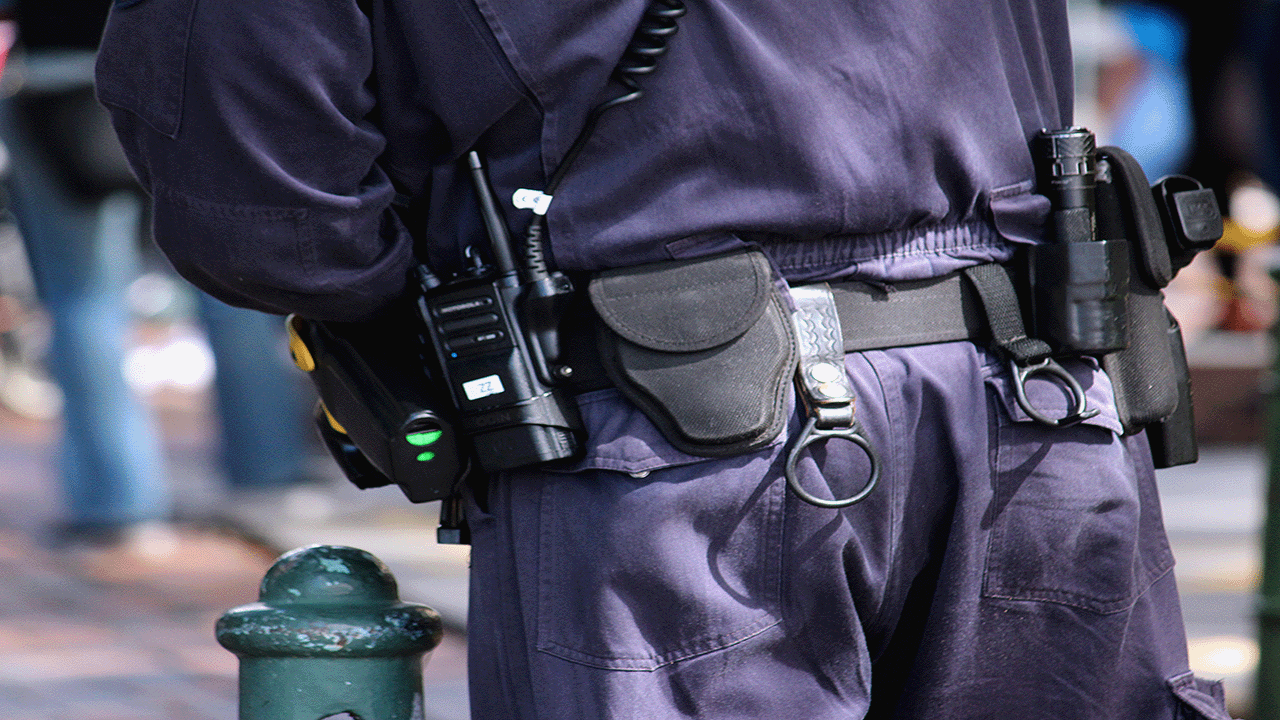

Navigating the Divide: Perspectives on School Safety Measures in the Era of Active Shooter Drills
In the realm of K-12 education, the findings of an NPR/Ipsos poll highlight a prevailing consensus among Americans advocating for the integration of active shooter drills in schools. However, beneath this shared perspective lies a complex array of opinions among parents and the broader public regarding the execution of these drills and the strategic allocation of resources for safety measures.
While the severity of gun violence in K-12 education resonates with both parents and the general public, a palpable partisan schism emerges when examining approaches to school safety. The survey identifies three primary measures aimed at enhancing school safety: social and emotional measures, security measures, and training measures. Democrats lean toward supporting social and emotional measures (65% to 38%), emphasizing the importance of guidance counselors, anti-bullying campaigns, and increased mental health education. Conversely, Republicans favor expanded security measures (60% vs. 30% of Democrats), including the implementation of metal detectors and clear backpacks.
Delving into the less popular option of investing in training measures, particularly training teachers to carry guns, the survey reveals that approximately 4 in 10 Americans express support for this approach. This statistic sheds light on a relatively low awareness of the prevalence of such measures within their own communities.
The normalization of active shooter drills is a notable phenomenon for parents, with over half of respondents who are parents of K-12 students reporting the occurrence of these drills at their child’s school. This starkly contrasts with the experiences of parents who attended school prior to the widespread adoption of active shooter drills. A parent in southern California, Carla Nardoni, provides a firsthand account of the evolution in safety measures, drawing comparisons between her own school days in the early ’90s and her children’s experiences today.
Significantly, a substantial majority of Americans, constituting around 80%, believe that active shooter drills should be both evidence-based and age-appropriate. However, nuanced perspectives emerge when scrutinizing the execution of these drills. While nearly 9 in 10 parents and American adults endorse the practice of basic lockdown procedures, there is a marked decline in support for more graphic options, such as simulated gunshots.
Amy Klinger, founder and director of programs for the nonprofit Educators School Safety Network, emphasizes the necessity of a comprehensive and balanced approach to school safety. She advocates for an equitable distribution of attention between response and prevention, urging a departure from an exclusive focus on potentially traumatizing realistic simulations.
Carla Nardoni echoes this sentiment, underscoring the imperative for a holistic approach to school safety. At its core, ensuring the well-being of students transcends a mere safety concern; it is a deeply emotional imperative. As Nardoni stresses, the act of ensuring her children leave the house without expressing love is grounded in this imperative.
Expanding the discourse on school safety, it becomes evident that the issue is multifaceted and requires a nuanced understanding of the diverse perspectives within the American populace. As discussions around these measures unfold, it is imperative to delve deeper into the intricacies of partisan differences and the evolving nature of safety protocols in response to the ever-changing landscape of threats in educational institutions.
Furthermore, the conversation extends beyond the immediate concerns of safety drills to encompass broader questions about the role of education in shaping a secure and supportive environment for the nation’s youth. Examining the intersection of education and safety underscores the need for collaborative efforts in addressing not only the physical security of students but also their emotional well-being and the overall climate of the educational environment. This comprehensive approach recognizes that safeguarding the future of the younger generation involves a multifaceted commitment to fostering a nurturing and secure educational landscape.
Dig Deeper With Our Longreads
Newsletter Sign up to get our best longform features, investigations, and thought-provoking essays, in your inbox every Sunday.
The MEN was founded by John Huber in the fall of 2020. It was founded to provide a platform for expert opinion and commentary on current issues that directly or indirectly affect education. All opinions are valued and accepted providing they are expressed in a professional manner. The Maryland Education Network consists of Blogs, Videos, and other interaction among the K-12 community.









